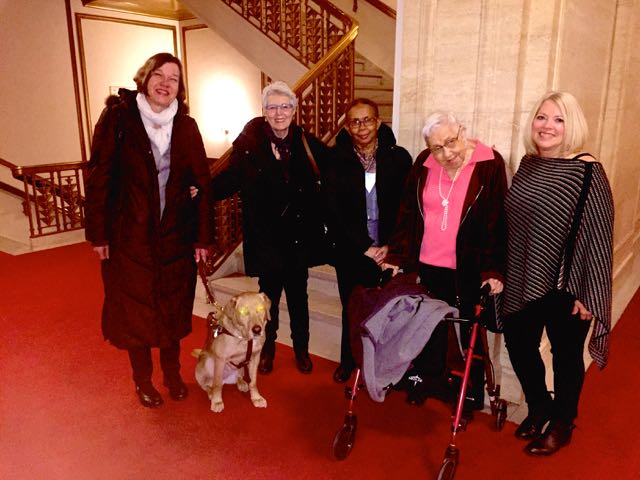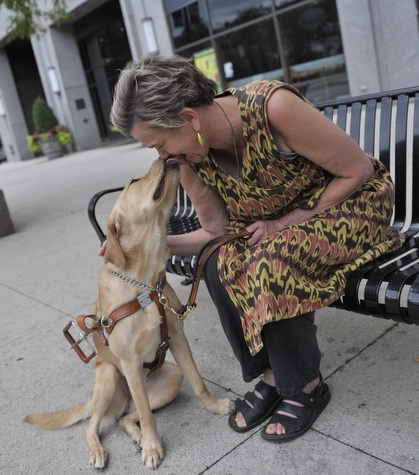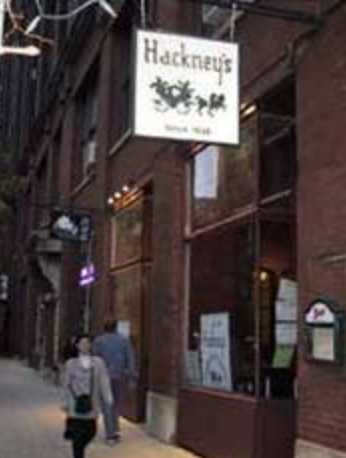The living room couch with an afghan nearby. Jamaica in the 1950s. Our backyard in the 1950s. A sandy cliff on Grenada. Petra. The woods near the family farm. The dining room table. A rocking chair. A Buddhist temple. A Wisconsin monastery. A Catholic church. Anywhere with trees. Grannie’s Jackson Heights apartment. Our garden. Eating ice cream with dad on the front steps.
Those are just some of the places writers in the memoir classes I lead wrote about last week. The writing prompt? My Favorite Place.
I lead four memoir classes in Chicago every week now, and each has its own feel. Our Lincoln Park Village Monday class meets in Mel and Pam’s living room. The two of them have been married 50+ years, and eight years ago they moved into a condo overlooking Chicago’s gorgeous Lincoln park. Pam opened her essay saying, “My favorite place is…right here.”
I was certain Pam’s opening line would be my favorite of the week. But then, at the Thursday Lincoln Park Village memoir class, Judy Roth started her piece with this: “My favorite place is…first!” She edged Pam out with that one.
Pat is in the class I lead at Grace Place across the street in Printer’s Row. Her essay describes going to a concert at the Quiet Knight on Belmont Avenue in Chicago when she was 17. “The opening act was a young local singer-songwriter named Steve Goodman,” she wrote. “After that epic introduction to the Chicago music scene, I went to folk clubs every chance I got.”
Writers in my Me, Myself and I memoir class downtown grew up on Chicago’s South Side, on farms, as military brats, in plush Chicago suburbs, in India, Canada, Germany and the Philippines. Their favorite places were as diverse as their backgrounds, but when they each read aloud in class, we noticed one similarity. They’d all chosen places that helped them escape the everyday world.
Sharon Kramer is in that downtown class, and one of her favorite places to be is “in a large dark movie theatre with comfortable seats and a handful of strangers.” She acknowledges curling up on a couch to watch a movie can be pretty good,“but it is not the same as going to the movies, purse swollen with snacks concealed in baggies.”

That’s Sharon Kramer to my left and three other writers from our downtown class: Audrey Mitchell, Wanda Bridgeforth, and Darlene Schweitzer.
When Sharon enters a theater, she looks for a spot with empty seats on either side. She imagines her mother sitting on one side, her grandfather on the other. “It seems natural to enjoy a movie with two people I miss, two people who loved movies as much as I do.”
Sharon’s grandfather was the father of seven children, and he was married to “a wife who could think of a thousand chores he hadn’t finished.” The movie theater was her grandfather’s secret office away from home, and if Sharon’s mother wanted to talk to him, she knew where to look. “In the nearly empty movie theater, she would slide in next to her father. He would say, ‘What’s the problem, girl?’ And, they would talk.”
Her mother was overwhelmed with sadness when Sharon’s grandfather died. “ She Walked to the Embassy Movie Theater and sat down next to the seat her father used to occupy,” Sharon recalls. “A great sense of calm came over her.”
Sharon says now, sitting between the empty seats she saves for her mother and grandfather, she feels a sense of calm as well. “Sometimes I find myself turning and smiling to let them know how much I enjoy their company,” she writes. “I wish I could tell them things I didn’t have the courage to say while they were alive.”
Sharon’s essay was a superb example of how a relatively straightforward prompt – My Favorite Place – can spark a myriad of meaningful memories. I’ll say goodbye here and leave you with the conclusion of Sharon Kramer’s “The Magic of Movies:”
Leaving the theatre is a shock. Especially if it is daylight. It takes a while to come to grips with reality. The story that was so engrossing is made up. The characters I felt a fellowship with are just actors. My mother and grandfather are gone. But it was a great moment.





